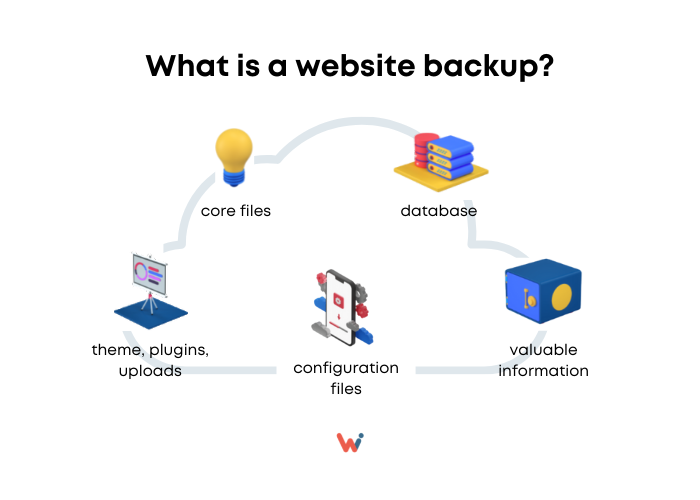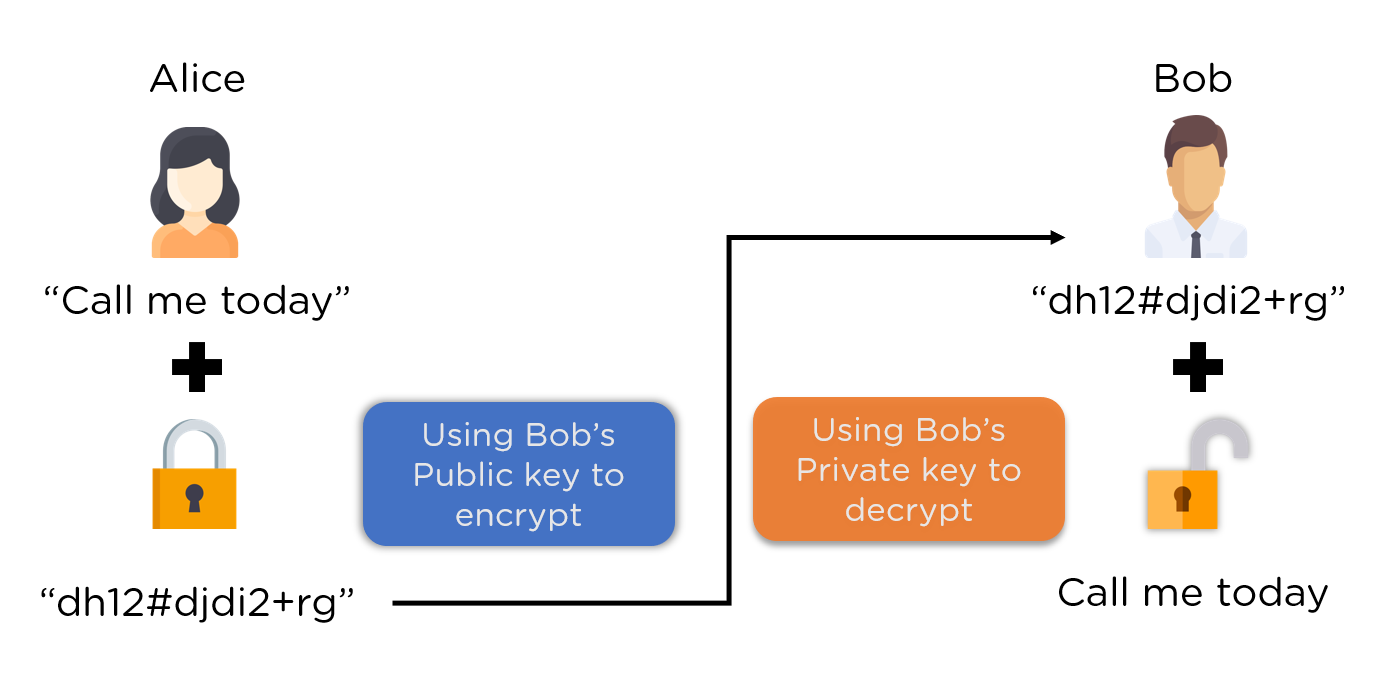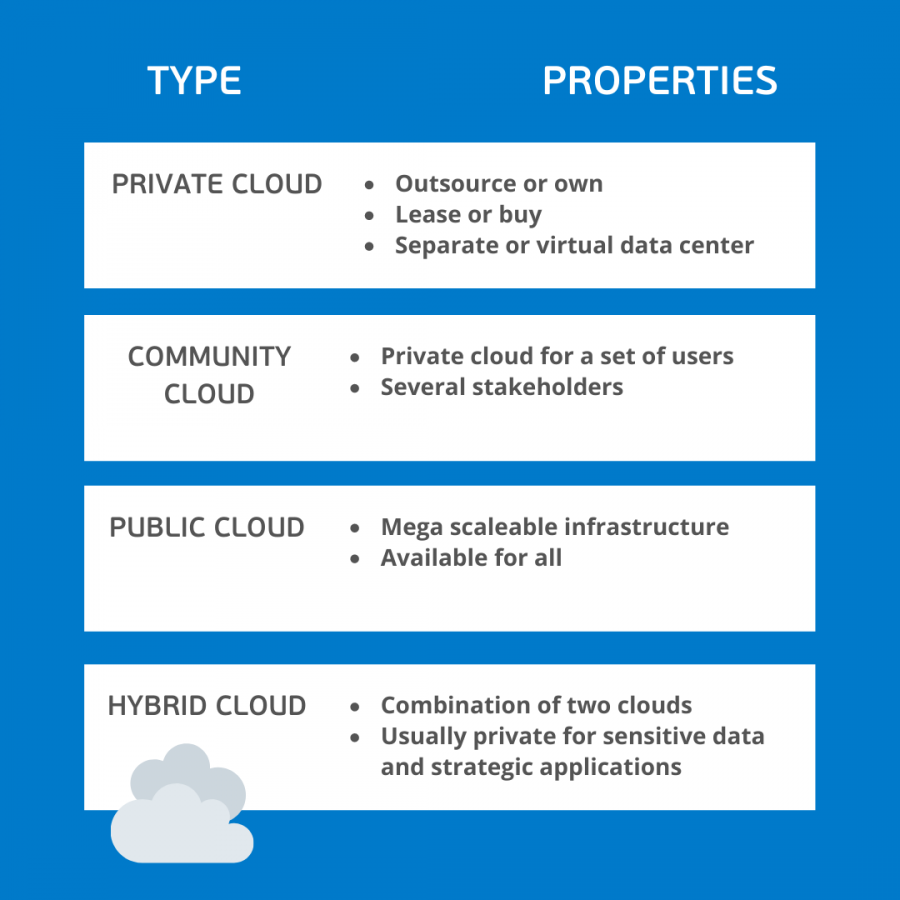
Apache is one of the most well-known server softwares on the Internet. It is compatible with Red Hat(r), CentOS operating systems. Red Hat Red Hat Red Hat Red Hat Red Hat Linux users can enjoy many similar benefits. It is easy-to-install and configure, and it is a powerful Web server. This article will show you how to configure SELinux and install PHP 5.4.
Configuring SELinux
Apache can use SELinux for its security purposes. It is a very secure measure, as SELinux allows the user to control the security settings for their server. SELinux will block Apache from loading content in directories that are not within the default directory. You can modify this policy by writing a customized policy.
SELinux is a security feature in Linux that can prevent unauthorized access to files. It works by detecting misuse of applications and processes. It also offers two modes of operation, enforcing as well as permissive. The enforcing setting locks down programs. While the permissive setting allows for any process to run.
Creating virtual hosts
First, create a file that describes the configuration of your domain. This file instructs Apache to respond to domain-specific requests. The virtual host must be placed under the sites-enabled/sites-available directory. Additionally, a symbolic linking must be made to it.

After you have created your virtual hosting account, you can upload web content. This is done by creating an Apache directory called DocumentRoot. This directory will become the Document Root of your website's virtual configuration file. When a user navigates to the domain name, the content will be served from this directory.
Apache policy management
The SELinux security framework allows you to customize the security level of your Apache processes by setting both universal and directory-specific policies. Setting Apache policies on specific directories is a good idea as it allows you to have more control. You can also set universal policies that apply to all Apache processes. This allows you to adjust the security level of your server but doesn't provide the same level.
Apache HTTP server has been one of the most used web servers. It is open-source, extensible, cross-platform, free and free of charge. Apache is included with the CentOS repositories by default, making configuration and installation easy. CentOS 8 uses the FirewallD firewall as its default. Apache webserver creates firewalld service files and predefined rules for HTTP (80) and HTTPS (443) ports.
Installing PHP 5.4
PHP 5.4 is an extension to the popular open-source programming language. This server side scripting language is compatible with the Apache web server. There are some issues with the PHP installation process due to the newer version of Apache. These problems can easily be solved with a few steps. Listed below are a few of the steps to follow.
First, be sure to have the correct PHP version installed. PHP 5.4 is usually the default. You can however install a different version of PHP through the yum package. You can also use the Remi repo for the installation of the PHP version.

Getting your server's IP address
After installing Apache on CentOS you can verify your IP address with the ip-address command. The command will print the IP address of your server. You can verify that your website works properly by using this IP address. After verifying that your IP address matches, you will be able to access your website using any browser in any country.
Apache's default web site indicates that the server works. Scroll down to the bottom to view information about Apache files and directories. This information is crucial because you can use it to perform DNS changes or networking.
FAQ
Is WordPress a CMS?
The answer is yes. It is called a Content Management System. Instead of using Dreamweaver or Frontpage, a CMS lets you manage your website content directly from your web browser.
The best part about WordPress is that it's free! You don't have to pay for anything other than hosting, which your ISP usually provides.
WordPress was initially intended to be used as a blog platform. Now, WordPress offers many different options: eCommerce sites, forums. Membership websites. Portfolios.
WordPress is simple and easy to install. The installation file must be downloaded from the website and uploaded to your server. Then, you simply visit your domain name through your web browser and log in to your new site.
After installing WordPress, register for a username/password. Once you've logged in, you'll see a dashboard where you can access all of your settings.
This is where you can add pages or posts, images and links to them. You may skip this step if you feel comfortable editing and creating content.
However, if you prefer to work with someone else, you can hire a professional web designer to handle the whole process.
Web development: Is it hard?
Although web development isn't easy, there are many resources online that will help you get started.
The only thing you need is to search for the right tools and follow their steps step by step.
YouTube and other platforms have many tutorials. Online software like Sublime Text and Notepad++ is also available for free.
Books can also be found in libraries and bookstores. Some of the most popular ones include:
O'Reilly Media's Head First HTML & HTML
O'Reilly Media's "Head First PHP/Mysql 5th Edition"
Packt Publishing - "PHP programming for absolute beginners"
I hope this article helps you!
How much do web developers make?
Working on a website yourself will likely earn you between $60 and $80 an hour. You can charge more if you're an independent contractor. The hourly rate could be anywhere from $150 to $200
How To Make A Static Web Site
To create your first static website, you'll need to choose between two options:
-
Content Management System (a.k.a. WordPress): WordPress is available as a download. This software can then be used to create an indispensable website.
-
A static HTML website is created by you. If you already know HTML, it is simple to do.
If you plan to build a large website, you may want to consider hiring an expert to create your static website.
You should start with option 2.
What is a static site?
A static website is possible to be hosted anywhere: Amazon S3, Google Cloud Storage or Windows Azure Blob storage. Rackspace Cloudfiles, Rackspace Cloud Files. Dreamhost and Media Temple. In addition, you can also deploy a static site to any platform that supports PHP, such as WordPress, Drupal, Joomla!, Magento, PrestaShop, and others.
Static websites are typically easier to maintain, as they don’t have to constantly send requests between servers. A static web page loads faster as there is no need to forward requests back and forth among servers. Static web pages are better for small businesses that don't have enough resources or the time to maintain a website.
Statistics
- The average website user will read about 20% of the text on any given page, so it's crucial to entice them with an appropriate vibe. (websitebuilderexpert.com)
- Did you know videos can boost organic search traffic to your website by 157%? (wix.com)
- It's estimated that in 2022, over 2.14 billion people will purchase goods and services online. (wix.com)
- It's estimated that chatbots could reduce this by 30%. Gone are the days when chatbots were mere gimmicks – now, they're becoming ever more essential to customer-facing services. (websitebuilderexpert.com)
- Is your web design optimized for mobile? Over 50% of internet users browse websites using a mobile device. (wix.com)
External Links
How To
How to Use WordPress for Web Design
WordPress is a free software tool that allows you to create websites or blogs. You will find many features such as easy installation and powerful theme options. You can customize this website builder to suit your needs. It includes hundreds of themes, plugins, and other tools that can be used to create any type of website. If you would like, you can even add your own domain name. All these tools enable you to manage your site's appearance and functionality effortlessly.
WordPress allows you to create beautiful websites even if you don't know how to code HTML. Even if you don't have any coding knowledge, you can set up a professional website in minutes. We'll walk you through how to install WordPress on your PC and show you the basics of getting your blog online. We'll walk you through the process so you can understand it at home.
WordPress.com, the most popular CMS (Content Management System), currently has over 25 million users in all of its countries. There are two versions of WordPress. You can choose to either buy a license at $29 per month, or download the source code and host your site for free.
WordPress is an excellent blogging platform for many reasons. One of the best things about WordPress is its simplicity. Anyone who knows HTML can create beautiful websites. Its flexibility is another advantage. Many themes are free on WordPress.org, meaning you can change the look and feel of your site entirely without having to pay a penny. It is also highly customizable. Many developers offer premium addons to allow you update posts automatically after someone comments. You can also integrate social media sharing in your site.